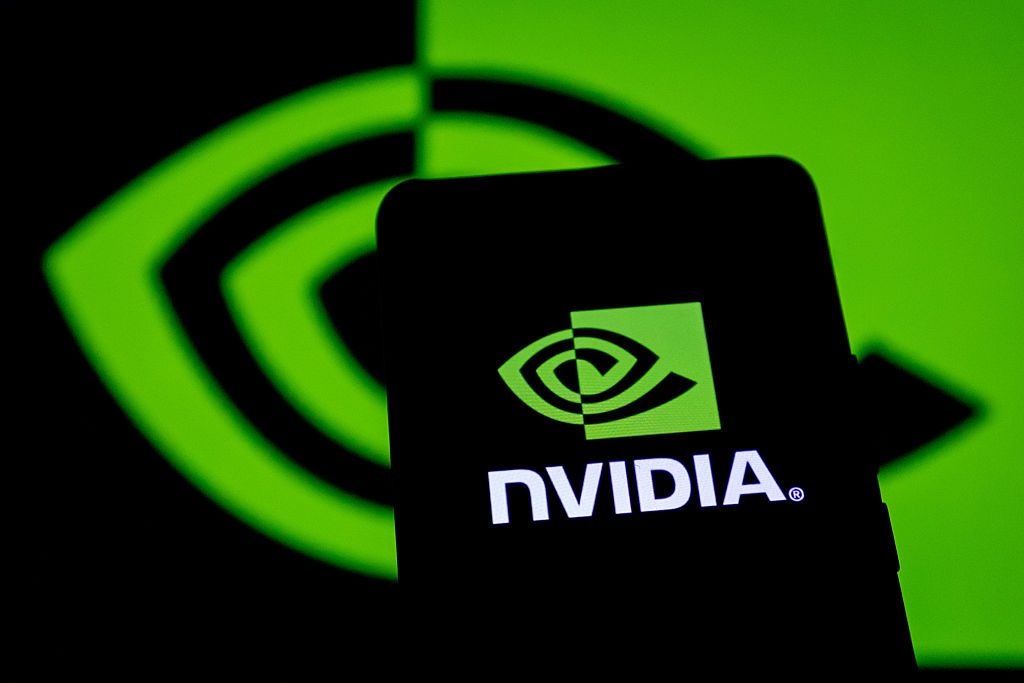Nvidia’s AI Chips: A Bold Move Into the Chinese Market
Nvidia seems determined to find a way to sell AI chips in China despite U.S. export restrictions. Yup, you heard that right! The semiconductor giant isn’t backing down and is gearing up to launch a specially tailored AI chip for the Chinese market as soon as September. Let’s unpack what this means.
The Game Plan: A Tailored Approach
So, here’s the deal: Nvidia plans to roll out an AI chip based on their Blackwell RTX Pro 6000 processor. But don’t get too excited yet. These chips will be modified to obey existing AI chip restrictions—meaning no high-bandwidth memory or NVLink, the company’s high-speed communication network. Basically, they’re giving up some powerful features to play by the rules, but still stay in the game.
Imagine those athletes who train hard for a championship but have to adjust their game strategy to meet new rules. That’s Nvidia right now—making sacrifices but also being strategic.
A Shift in Strategy
Not too long ago, Nvidia CEO Jensen Huang made a bold move by saying the company wouldn’t include the Chinese market in its revenue forecasts anymore. But that might be changing quickly. Companies fluctuate like stock prices, and sometimes the market conditions shift faster than we can keep up with.
It’s like going on a diet and then smelling fresh cookies baking—hard to resist! Nvidia is clearly hungry to reclaim their spot in the Chinese market despite the hurdles.
Battling Competitors
Here’s where things get a little spicy. With the current export controls keeping Nvidia on the sidelines in the China datacenter market, competitors like Huawei are eager to scoop up the business.
Nvidia’s spokesperson had some interesting points here. Think about it: China has a colossal pool of developers creating open-source models and applications that are changing the tech landscape. It’s like watching a massive river flow with untapped potential. But Nvidia believes that U.S. AI tech could be the key to unlocking even greater innovation worldwide.
What’s Next for Nvidia?
Now, let’s not forget, Nvidia declined to comment on this news, which leaves a lot to our imagination. What will these modified chips mean for developers in China? Can they compete with Huawei’s offerings? Are they enough to sway the market back in Nvidia’s favor?
As we watch this unfold, it’s clear that Nvidia isn’t waving the white flag. They’re just adjusting their tactics in an ever-challenging environment. It’s a bit of a chess game, and right now, both sides are making their moves.
Conclusion: What Do You Think?
So, where do you stand on Nvidia’s bold move into the AI chip market? Is it a smart strategy, or just a fleeting hope? As tech evolves at lightning speed, it’s fascinating to see how companies adapt to the tide of regulations and competition.
Want more insights like this? Let’s keep the conversation going in the comments below!
